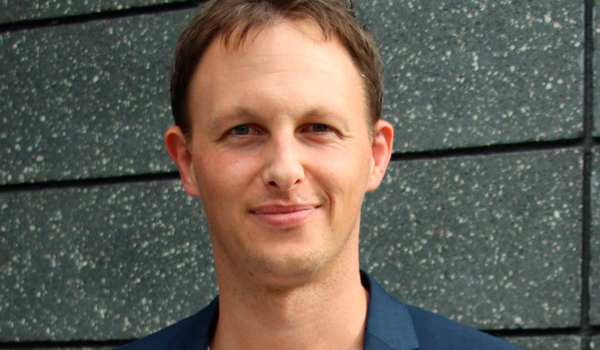Brian Richards, a leading brand strategist and founder of award-winning consultancy Richards Partners (formerly BRR Ltd), has been architect and principal advisor to many high-profile successful brands in the Asia-Pacific region. For three decades he’s been developing ideas that deliver change – to governments, companies and communities.
NZB: What initially set you on the pathway to becoming New Zealand’s foremost brand and industry strategist? And why so passionate about branding?
BRIAN: After a successful career in creating a labelling business, I became fascinated about the question of brands beyond logos. New Zealand is a commodity nation and for many years I have been convinced we can sell less for more.
It’s become a crusade in virtually every project we undertake. We have over the years seen significant success from tiny beginnings in terms of ‘seminal’ thinking about how to position a product or service. This goes well beyond the item itself – covering behaviour change and, in many cases, redesigning an industry.
NZB: If you had to name one or two of your personal career highlights, what would they be?
BRIAN: The power of collaboration across industries saw me lead initiatives in New Zealand wine exporting, kiwifruit (Zespri), venison (Cervena), horticulture, and other smaller initiatives which, over time, now represent well over $1.5 billion in exports. To know that I made a strategic contribution is very pleasing.
NZB: Similarly, you specialise in re-inventing or re-defining businesses; describe one of your proudest achievements in that regard?
BRIAN: I was particularly proud to be appointed by Holcim Global (based in Switzerland) across all of Asia-Pacific to reposition this major cement group’s brand with a universal look, story, and mindset change.
We led a project over many years to deliver a significant brand change that realised improved value and diversified product stories.
NZB: What are some of the absolute do’s and don’ts of branding in 2017 – especially taking into consideration the emergence of online platforms and social media?
BRIAN: A major ‘do’ is absolute clarity and can only be arrived at through clear vision and purpose work at the front end of the strategy. UX design is guided by these principles and the discipline of well-defined information architecture is key to maintaining customer interest.
A major ‘don’t’ is to assume that all customers are the same. Homogenous thinking delivers very poor brand outcomes, and we now have the tools to individualise more than ever.
NZB: Describe the importance of ‘a story’ for businesses. Can you name a good example
of one?
BRIAN: Nothing succeeds better than a story you have never heard before. Driven off your brand essence and point of difference, it’s important to differentiate between story telling and story selling. The latter tends to dominate in advertising messaging and is so often deeply suspected.
Engaging the customer in the story by way of recognition is everything. We developed Icebreaker’s enduring story almost 20 years ago now, which I’m pleased to say is alive and well in differentiating merino garments from synthetics.
NZB: What other advice can you give business owners around branding and stories?
BRIAN: You can’t begin without your vision, purpose, and values. You need to see them in the context of the category you operate in. What difference can you make to this category by way of customer choice? And how can you capture your customer’s imagination to consider you first?
Is the story about them rather than you?
Designing a brand from the ‘outside in’ is critical.
NZB: Outside of Richards Partners, what other interests and hobbies do you enjoy pursuing?
BRIAN: My wife Brigitte and I, together with our manager Richard Morris, have run a significant scale deer and cattle farming property for 26 years. It’s a business in its own right, with a major commitment to environmental practices. The property won the national award in the deer industry in 2003, for which we are very proud.
NZB: Who have you drawn inspiration from over
the years?
BRIAN: I am a prodigious reader and travel a great deal. My inspiration is less about individual people and more about how we as a small nation divide into a bigger world.
It’s taken me a career lifetime to see the potential of this context and I am so encouraged about a bright future – if New Zealanders learn how to sell less for more.
It’s about adding value and the integrity of our value chains across the globe. We should see a troubled overpopulated environment elsewhere as an opportunity, not a threat.



